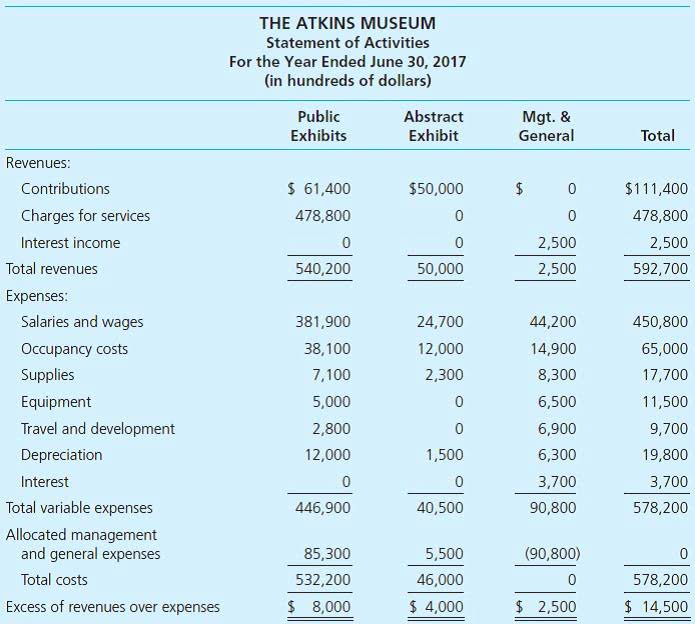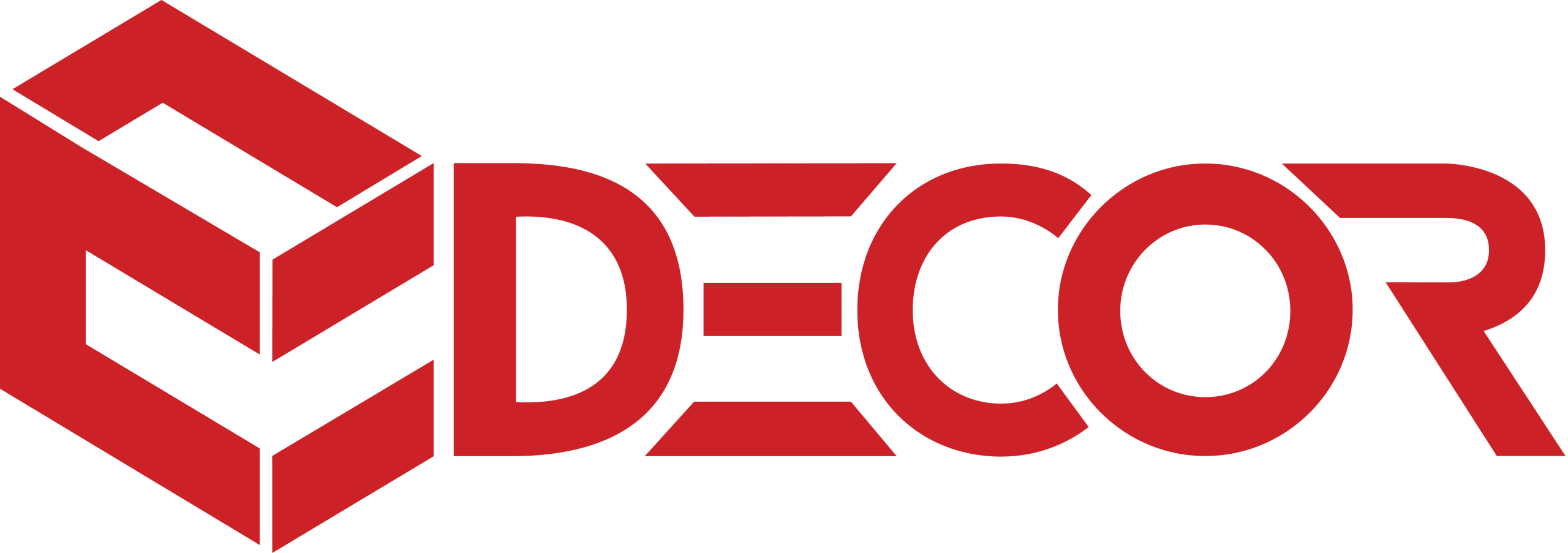
You might have noticed that businesses talk about their operating cycle differently, depending on their industry or size, adding to the confusion. Remember, your operating cycle is not static; it requires continuous attention and adaptation to changing market conditions. By implementing the strategies outlined in this guide and staying vigilant, you can achieve a more efficient operating cycle, setting your business on the path to financial success. The following table shows the data for calculation of the operating cycle of company XYZ for the financial year ended on March 31, 20XX.
Days of Payables Outstanding (DPO)

To increase your DPO, negotiate favorable payment terms with suppliers, take advantage of early payment discounts when offered, maintain strong vendor relationships, optimize payment scheduling, and streamline invoice processing. To improve your DSI, consider implementing inventory optimization techniques, such as demand forecasting, JIT inventory management, and safety stock management, as discussed earlier in this guide. Let us consider an example to compute the operating cycle for a company named XYZ Ltd. As per the annual report of XYZ Ltd for the financial year ended on March 31, 20XX, the following information is available.
How To Calculate?

Let’s dive deeper into practical applications and examples to illustrate how the operating cycle formula works. The following table shows the data for calculation of the operating cycle CARES Act of Apple Inc for the financial year ended on September 29, 2018. Let us take the example of Apple Inc. to calculate the operating cycle for the financial year ended on September 29, 2018.
- An increased operating cycle can result from slower inventory turnover, longer times to collect payments from customers, or delays in paying suppliers.
- Inventories are predominantly sold on credit which means the company must wait a certain number of days till it receives cash from customers.
- The Cash Conversion Cycle is an estimate of the approximate number of days it takes a company to convert its inventory into cash after a sale to a customer.
- While the industry norms provide a benchmark, each company should calibrate its operating cycle to its unique realities and trade-offs.
- Therefore, Company Z does not need to hold much inventory and still holds onto its money for a longer period.
- Speaking of a long operating cycle, it suggests that the company is taking too long to sell its inventory and collect cash from customers.
Great! The Financial Professional Will Get Back To You Soon.
In essence, it informs you of the average duration between making a sale and receiving the money for it. The cash conversion cycle (CCC) is an indicator that businesses use to assess the health of their cash flow. Considering the last statement about having more available cash to improve operating cash flow, we notice that if we reduce the cash operating cycle formula conversion cycle to zero, then the company does not need any financing. You will find all the information required in the balance sheet and income statement.
Cash Conversion Cycle Calculation Example
- For example, an efficient sales force can increase the company’s market share and reduce the time it takes to acquire new customers.
- It’s a fundamental aspect of working capital management and financial analysis, helping businesses to assess how quickly they can turn their operations into cash.
- It follows cash through inventory and accounts payable, then into expenses for product or service development, to sales and accounts receivable, and then back into cash in hand.
- On the downside, a short cycle could mean the company is losing out on opportunities to use credit terms for its benefit.
- In the realm of business finance, understanding the concept of the operating cycle is not just about processing a formula; it’s about comprehending a company’s efficiency, liquidity, and overall financial health.
- The net operating cycle subtracts the days a company takes in paying its suppliers from the sum of days inventories outstanding and days sales outstanding.
You use this information to calculate days of inventory outstanding, days of sales outstanding, and days of payables outstanding. Thus, a better inventory turnover is a positive for the CCC and a company’s overall efficiency. The cash conversion cycle evaluates the efficiency of a company’s operations and management. Tracking a company’s CCC over multiple quarters will show if it is improving, maintaining, or worsening its operational efficiency.

Real example of how to reduce the cash conversion cycle
- Note here that we have converted the money items mentioned in the What is the cash conversion cycle?
- Our mission is to provide useful online tools to evaluate investment and compare different saving strategies.
- It also covers the business stages where the company takes credit from suppliers and provides credit to clients.
- Adam Hayes, Ph.D., CFA, is a financial writer with 15+ years Wall Street experience as a derivatives trader.
- The length of a company’s operating cycle can impact everything from their ability to finance new growth initiatives to the interest rates they’re offered on loans.
The operating cycle formula in financial management helps determine the time a business takes to purchase inventory, then sell the inventory and then collect the cash from the sale of the inventory. Using the equation to calculate the operating cycle enables the management of a firm be aware of the cash flow in and out of their business. A related concept is that of net operating cycle which is also called the cash conversion cycle. The net operating cycle subtracts the days a company takes in paying its suppliers from the sum of days inventories outstanding and days sales outstanding.

How Does It Relate to a Company’s Financial Health
This metric measures the amount of time a company takes to turn money invested in operations into cash. Managing your operating cycle efficiently often requires the right tools and software to https://www.bookstime.com/ streamline processes, monitor key performance indicators, and make informed decisions. We will explore essential tools and software that can help you effectively manage and optimize your operating cycle. A low DSO suggests that your accounts receivable process is efficient, and customers are paying their invoices promptly. This helps maintain a steady cash flow, reduces the risk of bad debts, and ensures you have funds available for immediate use or investment.
Your company’s DIO is the average duration it takes you to convert inventory into sales revenue. To improve the operating cycle, streamline inventory management, optimize receivables by offering early payment discounts and automating invoicing, and strengthen supplier relationships to negotiate better payment terms. Normal operating cycles are the usual time it takes for a business to turn inventory into cash. For instance, for the retail industry, it may be short, while for the manufacturing industry, it might be longer due to production times.




 Round Rugs
Round Rugs  Wool Rugs
Wool Rugs  Vintage Rugs
Vintage Rugs 


 Carpet Tiles
Carpet Tiles  Carpet
Carpet 
 Embossed Rug
Embossed Rug  Plain Rug
Plain Rug 
 2.5'*4'
2.5'*4'  2'*3'
2'*3'  3'*5'
3'*5'  5*7.5
5*7.5 













 Artificial Grass
Artificial Grass  Mats
Mats 
 Soil
Soil  Fertilizer
Fertilizer  Pesticides
Pesticides